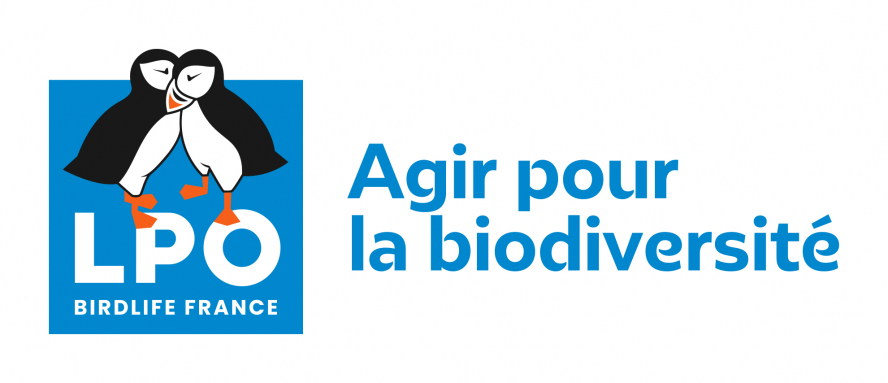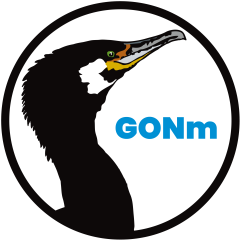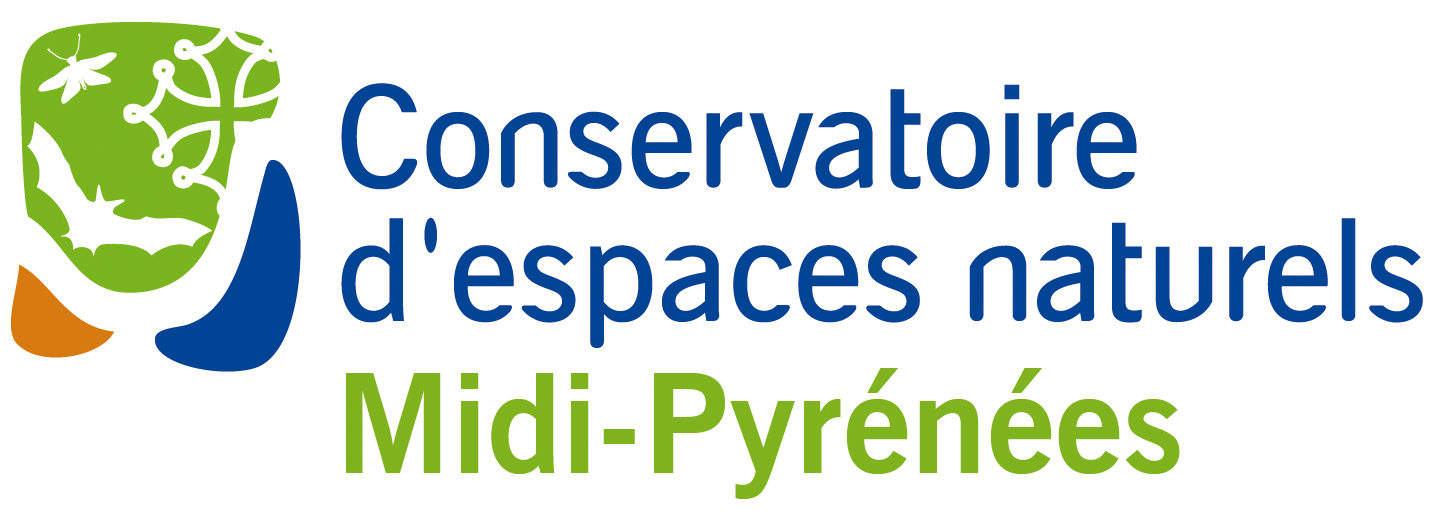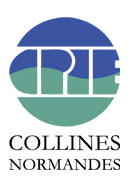- 554 observations
-
142
communes -
79
observateurs
36
organismes -
Première observation
1900 -
Dernière observation
2025
Alençon - Almenêches - Appenai-sous-Bellême - Athis-Val de Rouvre - Aubry-le-Panthou - Aunay-les-Bois - Avernes-Saint-Gourgon - Bailleul - Beaulieu - Beauvain - Belforêt-en-Perche - Bellavilliers - Bellou-en-Houlme - Berjou - Bizou - Boischampré - Boissei-la-Lande - Bretoncelles - Briouze - Brullemail - Buré - Canapville - Carrouges - Ceton - Chailloué - Champ-Haut - Champsecret - Charencey - Chaumont - Ciral - Comblot - Corbon - Coudehard - Coulimer - Coulonges-sur-Sarthe - Courgeoût - Cour-Maugis sur Huisne - Craménil - Crulai - Domfront en Poiraie - Écouché-les-Vallées - Essay - Ferrières-la-Verrerie - Fleuré - Francheville - Gandelain - Gâprée - Gouffern en Auge - Hauterive - Héloup - Juvigny Val d'Andaine - La Bellière - La Chapelle-Montligeon - La Coulonche - La Ferrière-au-Doyen - La Ferrière-Béchet - La Ferrière-Bochard - La Ferté-en-Ouche - La Ferté Macé - Lalacelle - La Lande-de-Goult - La Lande-Patry - Landigou - La Roche-Mabile - La Ventrouze - Le Cercueil - Le Grais - Le Mage - Le Ménil-Broût - Le Pas-Saint-l'Homer - Le Plantis - Les Champeaux - Les Menus - Les Monts d'Andaine - Les Ventes-de-Bourse - Les Yveteaux - L'Hôme-Chamondot - Longny les Villages - Lonlay-l'Abbaye - Lonlay-le-Tesson - L'Orée-d'Écouves - Lougé-sur-Maire - Magny-le-Désert - Marchemaisons - Mauves-sur-Huisne - Médavy - Mieuxcé - Montmerrei - Mortagne-au-Perche - Mortrée - Moulins-la-Marche - Moulins-sur-Orne - Moutiers-au-Perche - Neauphe-sous-Essai - Neauphe-sur-Dive - Neuvy-au-Houlme - Nonant-le-Pin - Orgères - Parfondeval - Perche en Nocé - Perrou - Pervenchères - Rai - Rânes - Rémalard en Perche - Réveillon - Rives d'Andaine - Rouperroux - Sablons sur Huisne - Saint-André-de-Briouze - Saint-Aquilin-de-Corbion - Saint-Bômer-les-Forges - Saint-Cyr-la-Rosière - Saint-Denis-sur-Huisne - Saint-Denis-sur-Sarthon - Sainte-Gauburge-Sainte-Colombe - Sainte-Honorine-la-Chardonne - Sainte-Honorine-la-Guillaume - Saint-Ellier-les-Bois - Saint-Evroult-Notre-Dame-du-Bois - Saint-Germain-du-Corbéis - Saint-Germain-le-Vieux - Saint-Hilaire-de-Briouze - Saint-Hilaire-le-Châtel - Saint-Jouin-de-Blavou - Saint-Léger-sur-Sarthe - Saint-Mard-de-Réno - Saint-Mars-d'Égrenne - Saint-Martin-l'Aiguillon - Saint-Nicolas-de-Sommaire - Saint-Ouen-de-Sécherouvre - Saint-Ouen-le-Brisoult - Saint-Patrice-du-Désert - Saint-Philbert-sur-Orne - Saint-Sulpice-sur-Risle - Sarceaux - Soligny-la-Trappe - Suré - Tinchebray-Bocage - Tourouvre au Perche - Villiers-sous-Mortagne - Vimoutiers
-
Conseil départemental de l'Orne (bureau ENS)
Participation à 109 Observations
Part d'aide à la prospection : 19.68 %
Fiche organisme
-
PNR du Perche
Participation à 100 Observations
Part d'aide à la prospection : 18.05 %
Fiche organisme
-
Muséum national d'Histoire naturelle (MNHN)
Participation à 97 Observations
Part d'aide à la prospection : 17.51 %
Fiche organisme
-
Association Faune & Flore de l'Orne (AFFO)
Participation à 90 Observations
Part d'aide à la prospection : 16.25 %
Fiche organisme
-
PNR et géoparc mondial UNESCO Normandie-Maine
Participation à 85 Observations
Part d'aide à la prospection : 15.34 %
Fiche organisme
-
Ministère de la Transition écologique et de la Cohésion des territoires
Participation à 62 Observations
Part d'aide à la prospection : 11.19 %
Fiche organisme
-
DREAL Centre-Val de Loire
Participation à 47 Observations
Part d'aide à la prospection : 8.48 %
Fiche organisme
-
Société d'études ornithologiques de France (SEOF)
Participation à 38 Observations
Part d'aide à la prospection : 6.86 %
Fiche organisme
-
UMS PatriNat (OFB-CNRS-MNHN)
Participation à 30 Observations
Part d'aide à la prospection : 5.42 %
Fiche organisme
-
INTERVIA ETUDES
Participation à 18 Observations
Part d'aide à la prospection : 3.25 %
Fiche organisme
-
Conseil départemental de l'Orne
Participation à 18 Observations
Part d'aide à la prospection : 3.25 %
Fiche organisme
-
Naturalia-Environnement
Participation à 18 Observations
Part d'aide à la prospection : 3.25 %
Fiche organisme
-
Groupe Ornithologique Normand (GONm)
Participation à 15 Observations
Part d'aide à la prospection : 2.71 %
Fiche organisme
-
Eole Champagne Conlinoise
Participation à 11 Observations
Part d'aide à la prospection : 1.99 %
Fiche organisme
-
Système mondial d’information sur la biodiversité (GBIF)
Participation à 7 Observations
Part d'aide à la prospection : 1.26 %
Fiche organisme
-
Habitants-bénévoles
Participation à 5 Observations
Part d'aide à la prospection : 0.90 %
Fiche organisme
-
Peter Stallegger (Consultant Environnement)
Participation à 5 Observations
Part d'aide à la prospection : 0.90 %
Fiche organisme
-
Office Français de la Biodiversité (OFB)
Participation à 4 Observations
Part d'aide à la prospection : 0.72 %
Fiche organisme
-
Office national des forêts (ONF)
Participation à 3 Observations
Part d'aide à la prospection : 0.54 %
Fiche organisme
-
Bureaux d'études & consultants
Participation à 3 Observations
Part d'aide à la prospection : 0.54 %
Fiche organisme
-
Conservatoire d'espaces naturels de Midi-Pyrénées (CEN MP)
Participation à 2 Observations
Part d'aide à la prospection : 0.36 %
Fiche organisme
-
CPIE Collines normandes
Participation à 1 Observation
Part d'aide à la prospection : 0.18 %
Fiche organisme
-
Ferme éolinne de Germancé à Saint-Ellier-les-Bois
Participation à 1 Observation
Part d'aide à la prospection : 0.18 %
Fiche organisme
-
Thema Environnement
Participation à 1 Observation
Part d'aide à la prospection : 0.18 %
Fiche organisme
-
SOCIETE D'EXPLOITATION DU PARC EOLIEN BOIS SEIGNEUR
Participation à 1 Observation
Part d'aide à la prospection : 0.18 %
Fiche organisme
-
Noé (association de défense de l'environnement)
Participation à 1 Observation
Part d'aide à la prospection : 0.18 %
Fiche organisme
-
SETUP ENVIRONNEMENT
Participation à 1 Observation
Part d'aide à la prospection : 0.18 %
Fiche organisme
-
Champ éolien des Plaines du Dunois
Participation à 1 Observation
Part d'aide à la prospection : 0.18 %
Fiche organisme
-
IEL Exploitation 74
Participation à 1 Observation
Part d'aide à la prospection : 0.18 %
Fiche organisme
-
SUEZ RV NORMANDIE
Participation à 1 Observation
Part d'aide à la prospection : 0.18 %
Fiche organisme
-
Ferme éolinne de Fay
Participation à 1 Observation
Part d'aide à la prospection : 0.18 %
Fiche organisme
Informations espèce
Longueur totale : 15 cm. Poids : 18 à 29 g.
Diagnose :
Le Pipit des arbres est le plus arboricole des pipits présents en France. Son plumage, de couleur assez terne, ne présente pas de signes très particuliers, sinon des rémiges externes blanches et bien visibles à l’envol. La coloration du dos est chamois fauve finement rayé. Le dessous est plus clair, d’un beige à chamois clair fortement rayé de marron foncé. Les pattes sont de couleur chair et l’ongle postérieur est court.
Détermination :
Moyennement difficile.
Espèces proches :
Il y a de réels risques de confusion du Pipit des arbres avec les autres pipits présents en France. Il ressemble surtout au Pipit farlouse Anthus pratensis de même taille, mais son corps est légèrement plus rond et son bec plus épais. Ses pattes sont plus roses et son plumage plus vif.
Période d’observation :
Avril à septembre-octobre.
Biologie-éthologie :
Le régime alimentaire du Pipit des arbres est constitué principalement d’insectes, mais il consomme également des éléments végétaux en migration et en hiver, notamment des baies et diverses graines.
Biogéographie et écologie :
L’aire de répartition du Pipit des arbres couvre l’essentiel de l’Europe, le nord de la Turquie et la Sibérie. Bien que nécessitant des arbres lui servant de perchoirs, le Pipit des arbres est plutôt un oiseau nicheur des milieux ouverts, à végétation herbacée abondante. Il est particulièrement courant en lisières de forêts, dans les clairières et les landes parsemées d’arbres isolés ou en bouquets. Il est aussi présent dans le bocage et dans les coupes forestières.
Source : fiche descriptive, INPN
G3 : Forêts de conifères
G5 : Alignements d'arbres, petits bois anthropiques, boisements récemment abattus, stades initiaux de boisements et taillis
X10 : Bocages
Répartition actuelle en France métropolitaine
© INPN - Avertissement : les données visualisables reflètent l'état d'avancement des connaissances et/ou la disponibilité des données existantes au niveau national : elles ne peuvent en aucun cas être considérées comme exhaustives.
Répartition actuelle dans le monde
Avertissement : les données visualisables reflètent l'état d'avancement des connaissances et/ou la disponibilité des données existantes au niveau mondial : elles ne peuvent en aucun cas être considérées comme exhaustives.





















